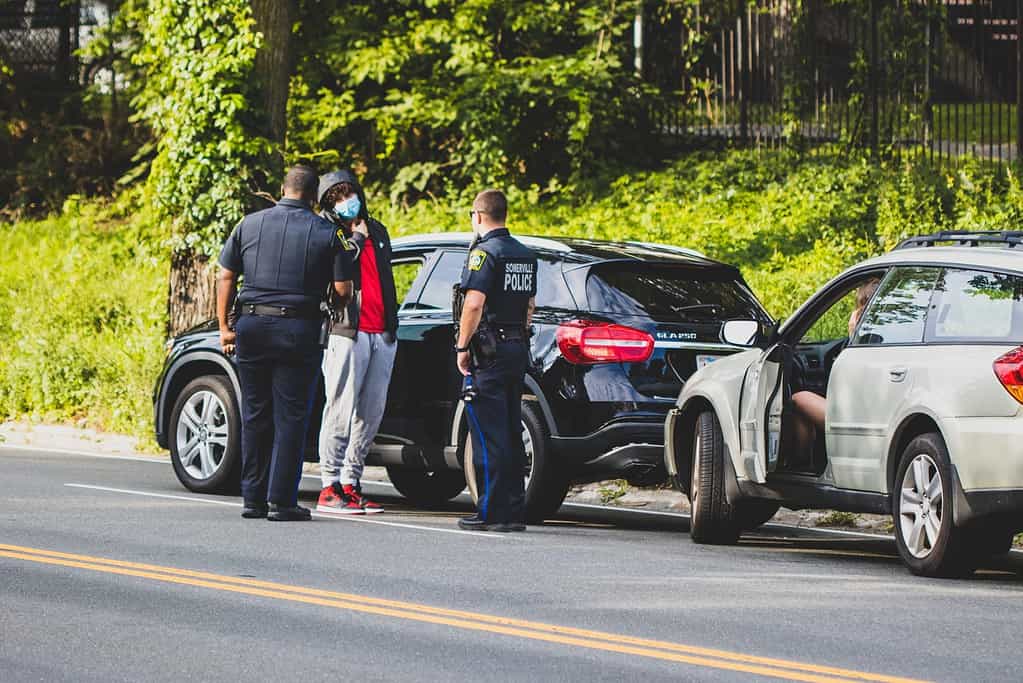Establishing which party is at fault in a car accident is critical in filing a claim insurance or a personal injury lawsuit.
Most of the time, it’s easy to identify the driver who was negligent when driving. Any harm, destruction of property, or even death brought on by the irresponsible driver will be their responsibility.
However, determining fault in a car collision can sometimes be challenging. The fact that several parties, including law enforcement authorities, insurance companies, and courts, could determine fault following an automobile collision further complicates matters.
This article will go over how liability is established following a car accident in Alaska and when to seek the help of an anchorage car accident attorney.
What To Do After a Crash: Alaska Car Accident Reporting Laws
After an auto accident, the first thing to do is ensure everyone in the vehicle is safe. If at all possible, park your car safely away from traffic. Check everyone for injuries and call 911 immediately if anyone is hurt.
Once you get your bearings, it’s crucial to record the collision in any way possible, including by taking pictures and identifying any road hazards or speed limit signs that may have played a role in the collision.
Exchange information with the other party and any witnesses as well. The information to collect includes:
- Name, address, and contact information
- Driver’s license number
- License plate number
- Car insurance information
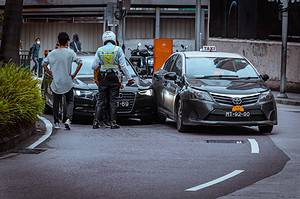
Then what next? In Alaska, if a police officer does not investigate the accident immediately, you must complete a crash report and submit it within ten days. This is especially true if the accident:
- Resulted in physical injury
- Caused the death of a person
- Caused property damage exceeding $2,000
Let’s take an in-depth look at the procedures for notifying the Alaska Division of Motor Vehicles of an accident.
Types of Accident Report Forms
There are two forms you may fill following a car crash: the Accident Self-Report form (DPS Form 12-209) and the Certificate of Insurance form (DMV Form 466).
If police officers didn’t arrive at the accident scene or the dispatcher gave you the go-ahead to self-report the collision, you will select the accident Self-Report form.
You must complete and submit the Certificate of Insurance form if the responding officer instructs you to present certificate of insurance form at the site of the accident after conducting an investigation and giving you a case number.
How To Submit Accident Report Forms
After determining which forms to send to the DMV, you’ll must gather all the data required to complete the paperwork.
You’ll need the following:
- Your driver’s license number
- Your insurance details
- Your vehicle details (model, year of manufacture, license plate number)
- The car owner’s details, if you aren’t the owner
- Details regarding the other driver (name and address, license number, insurance information, and vehicle details)
The forms can be completed manually or electronically. Use short and clear words when reporting the details of the accident to explain what transpired in your own words. You’ll then sign and submit the document.
The form cannot be retrieved after submission, so you might want to keep a replica for your records before posting it. Send the completed form by email to [email protected] if you filled it out online.
If you printed a hard copy and filled it out, you can mail it to the Division of Motor Vehicles, 3901 Old Seward Hwy, Ste 101, Alaska.
The Alaska Car Accident Statute of Limitations
“Statute of limitations” is a state law that imposes a fixed deadline on the ability to file a lawsuit. The deadlines differ depending on the type of injury you experienced and the lawsuit you wish to file.
Note: An auto insurance claim is not subject to the statute of limitations; it only applies to litigation involving car accidents. Any insurance provider, whether yours or the other driver’s, will demand that you file a claim “promptly” or “within a reasonable period” following the collision or, at the very least, notify the insurer of an occurrence that may result in a claim. That often implies a few days or, at most, a few weeks.
According to Alaska Statutes section 09.10.070, a motor vehicle accident victim has two years to file a case in the state’s civil court system. The claimant can be the driver, passenger, motorcyclist, bicycle, electric scooter rider, or pedestrian.

The two-year limit also applies for property damage claims following a collision and when an automobile accident results in someone’s death and the deceased individual’s family wants to file a wrongful death lawsuit.
According to Alaska’s statute of limitations, the “clock” for the two-year period begins ticking on the day the injury occurs, corresponding to the actual vehicle accident.
What Happens If You Don’t File a Car Accident Claim on Time?
Now that you know about the statute of limitations, the next most important question is; what would happen if you file a lawsuit past the deadline?
Unless a rare exemption exists to extend the filing period, you may bank on the court declining to accept your initial complaint if you attempt to submit it more than two years after the accident.
Therefore, understanding the statute of limitations and adhering to the applicable deadlines is vital.
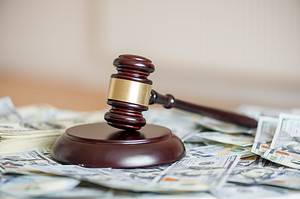
Remember that not all auto accidents result in lawsuits. But it’s a good idea to keep your legal options open even if you believe your case will be settled through the vehicle insurance claim procedure.
Allow yourself enough time to file a lawsuit in Alaska’s court system for a vehicle accident. Consult a qualified Anchorage car accident attorney before you run out of time.
Who Is to Blame: Alaska’s Pure Comparative Negligence Law
Suppose the other motorist was fully at fault for the collision. In that case, the verdict is often predictable: The other motorist (via their insurance provider) will be liable to compensate for your medical expenses, lost earnings, and other damages.
But what if you were partially to blame for the collision? Alaska applies a “pure comparative fault” standard when both parties contribute to a collision.
In many auto accident cases, the jury calculates two things in accordance with the available proof- the full financial amount of the claimant’s losses and each party’s degree of fault.
Under the pure comparative fault law, your damages will reduce proportion to your share of fault. For example, consider a scenario where jurors determine that you should receive $100,000 in damages.
But the jurors also determines that you bear 40% of the blame for the collision (maybe you were intoxicated).
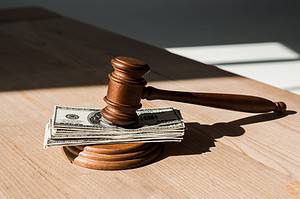
Based on Alaska’s comparative fault law, you’re entitled to $60,000, or 60% of the total of $100,000. This is still a large figure but less than your total damages.
Even if it is determined that you were more at fault for the collision than the other motorist, Alaska’s comparative fault rule will still apply.
For instance, if the jury finds that you are 90% at blame, you will be legally entitled to 10% of your total losses. However, you will also be responsible for 90% of the other motorist’s damages.
Note: Not every state handles comparative fault in this manner. Most states adhere to a “modified” comparative fault rule, which only enables the plaintiff to recover damages if they were less than 50 percent at fault for the accident. Once your fault exceeds 50 percent, you cannot recover damages in most jurisdictions.
Financial responsibility and coverage minimums: Alaska’s insurance laws
Most U.S. states mandate that drivers carry a minimum car insurance coverage. How much is needed for Alaska? What will happen if you are found without it?
Alaska drivers must carry liability insurance that satisfies the state’s minimal standards. You are required to have 50/100/25 liability coverage in Alaska or:
- $50,000 in bodily injury liability insurance per person
- $100,000 in liability insurance for bodily harm per incident
- $25,000 property damage liability per accident
If you are pulled over for driving without the required minimum insurance, or if you can’t show proof of coverage after a traffic check or accident, you might be subject to a $500 fine or potentially have your license suspended for up to a year.
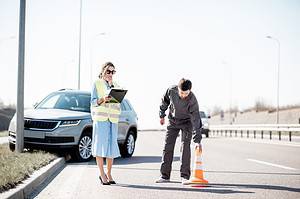
Despite these laws, not all drivers in Alaska carry auto insurance. According to a 2019 Insurance Information Institute (III) report, 16.1% of Alaskan drivers lack motor insurance.
If you’re one of the 83.9% of drivers with insurance, you could have trouble suing an uninsured motorist for damages. It is advisable to purchase the uninsured/underinsured motorist coverage offered by law by all insurance providers in Alaska.
Claiming damages after an accident: Alaska’s personal injury laws
After a car accident, you might want to do more than file an insurance claim; you may wish to lodge a personal injury lawsuit to seek compensation.
Any person injured in a crash may file a claim for economic and non-economic damages under Alaska Statutes section 09.10.070. These damages comprise:
- Economic damages include medical costs, lost wages, property damage, and funeral costs.
- Non-economic damages include humiliation, mental anguish, and pain and suffering.
Damage caps on non-economic claims
Unlike economic damages, which are quite easy to quantify, assigning a dollar value to non-economic damages like pain and suffering is usually tricky. That explains why Alaska imposes caps on non-economic damages. The caps include:
- $400,000, or the victim’s life expectancy multiplied by $8,000.
- $1,000,000 or the victim’s life expectancy multiplied by $25,000 (damages for severe permanent disability or disfigurement).
Find An Anchorage Car Accident Lawyer with Legal Giant
Have you ever been in a collision in Anchorage? After getting emergency treatment, hiring a knowledgeable auto accident attorney is the second-most important thing.
Legal Giant can connect you with a local Anchorage car accident attorney who will advocate for your rights and get you the maximum compensation.
We understand how difficult the procedure of hiring an attorney may be, particularly if you haven’t come to terms with the damages resulting from the accident.
We relieve you of the trouble so you can pay more attention to your physical and emotional health. Keep in mind that stress can have a big impact on your recovery.
Call us today at (855) 740-5024 for a free evaluation of your case.
